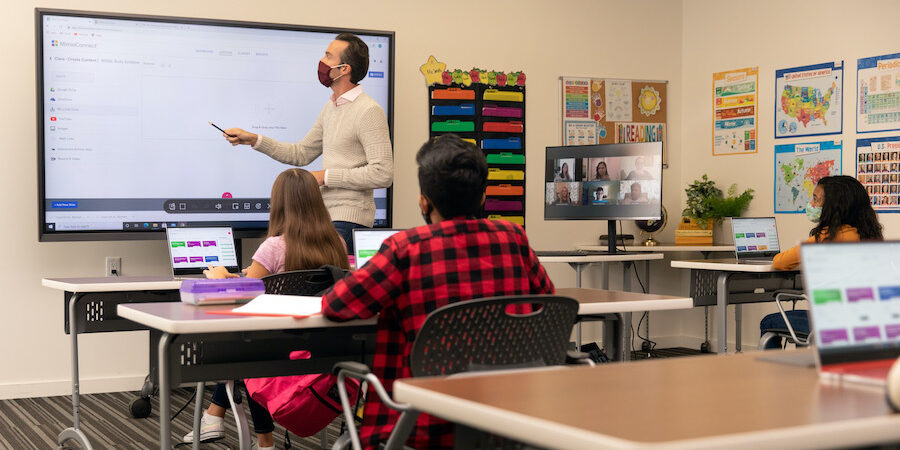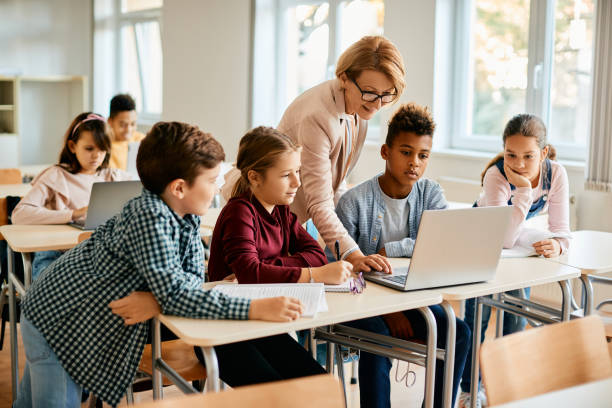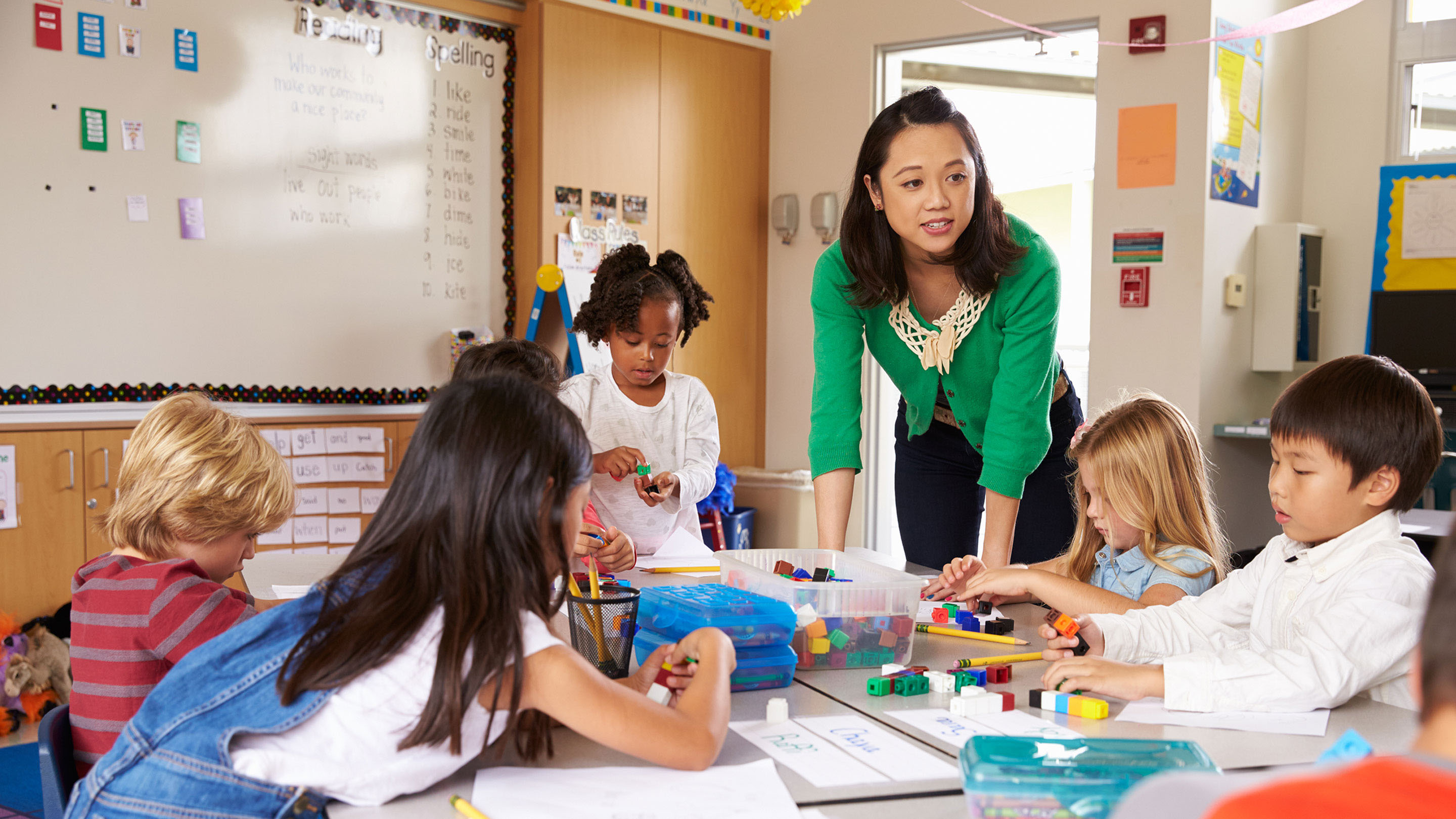Boost Your Child’s Confidence with Primary Science Tuition Singapore
Boost Your Child’s Confidence with Primary Science Tuition Singapore
Blog Article
Exploring the Various Teaching Techniques in Primary Scientific Research Education And Learning Today
Inquiry-based discovering, hands-on experiments, and the integration of technology are redefining exactly how instructors involve young minds. Additionally, collective strategies and set apart guideline are being utilized to provide to the varied requirements of pupils, enhancing both engagement and understanding.
Inquiry-Based Learning
Inquiry-Based Knowing (IBL) is a pedagogical method that motivates students to discover clinical ideas via doubting, investigation, and hands-on testing. This method emphasizes the function of trainees as energetic individuals in their learning, advertising vital thinking and analytical skills. By engaging with real-world concerns, students become inspired and interested, which improves their understanding of clinical concepts.
In IBL, teachers work as facilitators, directing trainees as they navigate their inquiries instead of delivering information straight. This student-centered approach enables distinction, accommodating different discovering styles and paces. Pupils develop skills in formulating hypotheses, designing experiments, and analyzing data, which are critical for scientific literacy.
In addition, IBL promotes cooperation amongst pupils, motivating them to share ideas and findings. This cumulative query advertises social skills and a sense of neighborhood within the class. The process of inquiry urges strength, as students discover to welcome failure as a tipping stone towards understanding.
Hands-On Experiments
Hands-on experiments are an important element of reliable science education, complementing the concepts of inquiry-based learning. These experiments permit trainees to involve directly with clinical ideas, cultivating a much deeper understanding via experiential discovering. By controling products and observing outcomes, young learners can understand abstract theories in substantial means.
Such tasks advertise crucial reasoning and problem-solving abilities, as trainees assume results, conduct experiments, and assess results. This process motivates them to ask concerns, fine-tune their understanding, and establish a clinical state of mind. Additionally, hands-on experiments can be customized to diverse knowing designs, ensuring that all pupils have the chance to involve meaningfully with the content.
Additionally, hands-on experiments usually motivate cooperation amongst peers, promoting teamwork and interaction abilities. Operating in groups allows students to share concepts, go over findings, and gain from one another, which improves their overall educational experience.
Integrating hands-on experiments into the key science curriculum not just enhances the discovering setting yet also cultivates a long-lasting rate of interest in scientific research. By actively taking part in their education, students are much more likely to create an enthusiasm for clinical inquiry that extends beyond the classroom.

Technology Assimilation
Incorporating innovation into main science education and learning has actually ended up being significantly crucial in fostering pupil engagement and enhancing learning results. Making use of electronic devices, such as interactive simulations, online labs, and instructional software program, offers pupils with opportunities to discover scientific concepts in ingenious means. These sources facilitate a deeper understanding of complicated topics by allowing learners to picture and adjust variables that would be unwise in a standard class setting.
Additionally, technology combination urges individualized learning experiences. Trainees can progress at their own rate, reviewing tough concepts through multimedia resources, which deal with various learning designs. This flexibility not only sustains individual development however also grows a sense of freedom in learners.
Additionally, innovation serves as a bridge to real-world scientific research, connecting students with current research study and professional payments. Accessibility to clinical journals and online databases broadens trainees' perspectives on scientific questions and cultivates important believing abilities.
Collaborative Discovering
Joint knowing plays a crucial duty in primary scientific research education by fostering synergy and communication skills amongst trainees. This technique encourages learners to work together, share understanding, and participate in analytical, which improves their understanding of scientific concepts. By taking part in group activities, trainees find out to express their concepts, pay attention to diverse point of views, and discuss services, every one of which are vital abilities in both academic and real-world contexts.

Study shows that collaborative knowing can result in enhanced motivation and involvement in science topics, as pupils find pleasure in shared experiences (primary science tuition Singapore). Additionally, this approach prepares trainees for future joint endeavors, furnishing them with the skills required for reliable synergy in college and professional atmospheres. Eventually, accepting collaborative knowing recommended you read in key scientific research education can significantly enrich the discovering experience and advertise a much deeper understanding of scientific questions
Differentiated Instruction

Distinguished guideline can show up in numerous ways, such as differing the content, processes, or products of knowing. Instructors may utilize tiered tasks that offer differing degrees of complexity, permitting trainees to function at their corresponding readiness levels. Additionally, flexible grouping techniques can promote collaboration among pupils with different capacities, promoting peer discovering.
Evaluation plays an essential duty in this approach, as it informs guideline and aids instructors understand each student's unique requirements. Formative assessments, such as tests and observations, can assist teachers in changing their strategies to boost finding out results. primary science tuition Singapore. Ultimately, by implementing set apart direction in key science education and learning, teachers can grow a more effective and fair learning atmosphere, encouraging all students to reach their complete capacity in recognizing clinical sensations
Final Thought
In recap, the varied teaching techniques in primary science education and learning, including inquiry-based learning, hands-on experiments, innovation integration, collective learning, and separated guideline, jointly add to a more efficient discovering setting. These methods advertise crucial thinking, analytic abilities, and a deeper understanding of clinical principles. By applying these methods, educators can develop engaging and supportive classrooms click to find out more that deal with the different requirements of trainees, eventually promoting a long-lasting rate of interest in scientific research and improving academic accomplishment.
Inquiry-Based Learning (IBL) is a pedagogical approach that urges pupils to discover scientific ideas with doubting, investigation, and hands-on testing.Collaborative understanding plays an essential duty in main science education by cultivating team effort and interaction skills among pupils.Research study suggests that collaborative learning can lead to raised inspiration and interaction in science topics, as trainees discover pleasure in shared experiences.In cultivating a comprehensive discovering environment, differentiated guideline emerges as about his a key approach to fit the diverse requirements and abilities of trainees in primary scientific research education. Inevitably, by carrying out differentiated direction in primary science education and learning, teachers can grow a more reliable and equitable understanding environment, equipping all trainees to reach their complete capacity in recognizing scientific sensations.
Report this page